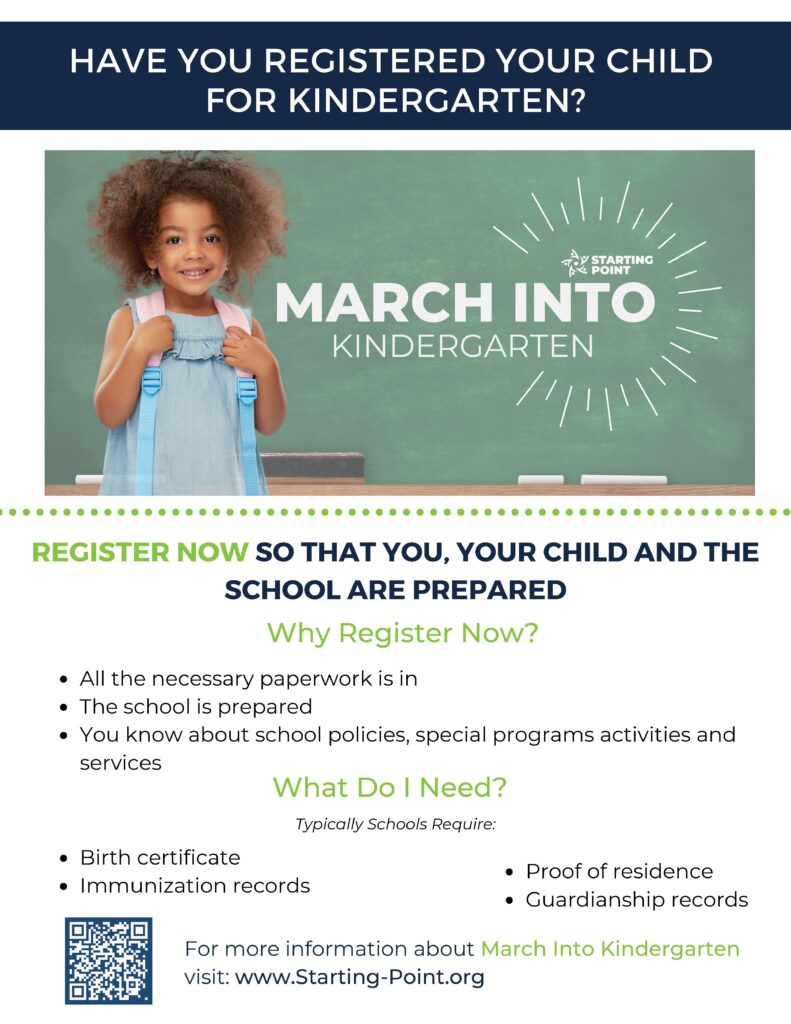Contact: Nancy Lesic, 216.392.9634
For Immediate Release
Cleveland – January 27, 2025 – The board of the Cleveland Transformation Alliance has announced its decision to dissolve the organization, effective March 31, 2025. The decision comes after significant progress in the city’s educational landscape and thoughtful evaluation by the board and key funding partners.
The Cleveland Transformation Alliance was established in 2012 under Mayor Frank Jackson to ensure the success and sustainability of the Cleveland Plan. At the time, the Cleveland Plan was new, and collaboration between the Cleveland Metropolitan School District (CMSD) and charter schools was fragile. Early childhood education in the CMSD and post-secondary readiness efforts were not yet to scale, and families lacked a reliable resource for informed school choice.
The Alliance was created to oversee the Cleveland Plan and to address these gaps, build capacity, and foster meaningful collaboration, serving as a unifying force for long-term educational transformation in Cleveland.
The board’s decision to dissolve the Alliance is driven by several factors:
- Strengthened CMSD Capacity: The district now independently manages many aspects of the Cleveland Plan.
- New Initiatives: Programs like PRE4CLE, Say Yes to Education, and PACE have enhanced family support and educational outcomes.
- Improved Charter Accountability: State oversight has raised standards for charter schools
- Community Support: Cleveland voters have repeatedly affirmed their commitment to education and the Cleveland Plan through levy and bond approvals.
- Enhanced Collaboration: Partnerships among nonprofits, funders, and CMSD have been fortified.
“Since its inception, the Cleveland Transformation Alliance has played a pivotal role in transforming education in our city,” said Cleveland Mayor Justin M. Bibb, chair of the Alliance. “Through the Alliance’s efforts, we’ve strengthened collaboration, improved school choice, and built a foundation for sustained educational progress.”
Ann Mullin, executive vice president for The George Gund Foundation, expressed appreciation for the Transformation Alliance’s Board of Directors, Executive Director Meghann Marnecheck, and staff. “The Alliance has benefited from so many individuals who are committed to our public schools and the success of our children. The collective decision to sunset the Alliance reflects the recognition that we have fulfilled our original purpose. We can now identify other ways to best support our schools and families moving forward.”
Mayor Bibb added: “This does not mean our collective work is finished. Cleveland remains deeply committed to building on this foundation, ensuring every family not only has access to high-quality schools but also that resources are directed where they can make the greatest impact, empowering families to make informed decisions and shaping a brighter future for all our children.”
In making the decision to dissolve the Alliance, board members highlighted the creation of PRE4CLE, Say Yes to Education, and the PACE program–initiatives launched since the inception of the Alliance to address key aspects of education and workforce development. These initiatives, which span efforts from pre-K to higher education and workforce readiness, have built upon the foundation laid by the Alliance to enhance support for Cleveland’s families and students at every stage of their educational journey.
To ensure a seamless transition, the Transformation Alliance will focus in the coming months on:
- Publishing the 2025 School Quality Guide;
- Transferring resources, including the website and key materials, to an appropriate entity; and
- Identifying ways to ensure families learn about high-quality public school choices in Cleveland.
Mayor Bibb will also be convening twice-yearly stakeholder meetings to uphold the Cleveland Plan’s fidelity and monitoring progress.
###










